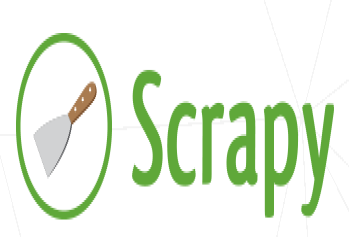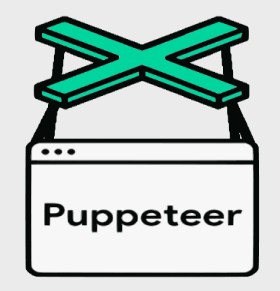Web scraping, also known as web harvesting, has grown in importance in a time when data is the new oil. Using specialized software, this method involves collecting information from websites, offering useful data that organizations, researchers, and individuals can use for a variety of purposes. This article will examine the widely used tools and frameworks for web scraping, illuminating their perks, benefits, and useful uses.
 Probably one of the best-known web scraping tools is the Python module named Beautiful Soup. It is made to extract data from XML and HTML files. The library builds data extraction tools called parse trees from the source code of web pages. Beautiful Soup automatically converts outgoing documents to UTF-8 and incoming documents to Unicode. Users do not need to consider encodings unless the document does not mention one and Beautiful Soup is unable to recognize one.
Probably one of the best-known web scraping tools is the Python module named Beautiful Soup. It is made to extract data from XML and HTML files. The library builds data extraction tools called parse trees from the source code of web pages. Beautiful Soup automatically converts outgoing documents to UTF-8 and incoming documents to Unicode. Users do not need to consider encodings unless the document does not mention one and Beautiful Soup is unable to recognize one.
Website: https://www.crummy.com/software/BeautifulSoup/

Another extremely strong Python module for web scraping is called Scrapy. It is a flexible framework capable of handling a variety of scraping operations. Unlike Beautiful Soup, which is only a library, Scrapy is an entire online scraping platform that provides all the tools you need to swiftly extract data from websites, process it, and store it in the way you choose.
Scrapy: Website: https://scrapy.org/
 The world of web scraping tools is dominated by Selenium. Although it was first created for automated web application testing, its ability to completely render and interact with JavaScript makes it a fantastic tool for scraping dynamic webpages. Form submissions, click events, and other browser activity can all be automated with Selenium. But because operating a full browser has its overhead, its pace is slower than that of other technologies.
The world of web scraping tools is dominated by Selenium. Although it was first created for automated web application testing, its ability to completely render and interact with JavaScript makes it a fantastic tool for scraping dynamic webpages. Form submissions, click events, and other browser activity can all be automated with Selenium. But because operating a full browser has its overhead, its pace is slower than that of other technologies.
Selenium: Website: https://www.selenium.dev/

An advanced API for managing headless Chrome or Chromium browsers through the DevTools Protocol is provided by the Node.js module puppeteer. It works great for scraping Single Page Applications (SPAs), which require a fully rendered JavaScript environment in order for their contents to appear. Puppeteer also offers tools for creating screenshots and PDFs of websites, monitoring site performance, and automating the submission of forms.
Puppeteer: Website: https://pptr.dev/

Cheerio is a server-specific version of jQuery that is quick, adaptable, and streamlined. It improves the efficiency of parsing, modifying, and rendering. It doesn’t interpret the outcome the same way a web browser does, making it significantly quicker and more effective for straightforward scraping activities. Contrary to Puppeteer or Selenium, it is unable to handle dynamic pages that require JavaScript to load content.
Cheerio: Website: https://cheerio.js.org/
You should pick the best web scraping strategy based on the specifications of your project. Relevant variables include the degree of website complexity, the size of the scraping process, the desired speed, and the programming language you are most familiar with. At the moment some of the most well liked tools are BeautifulSoup, Scrapy, Selenium, Puppeteer and Cheerio.
Web scraping is now a task that is more successful and manageable due to the distinctive properties that each of them possesses that serve varied aims.